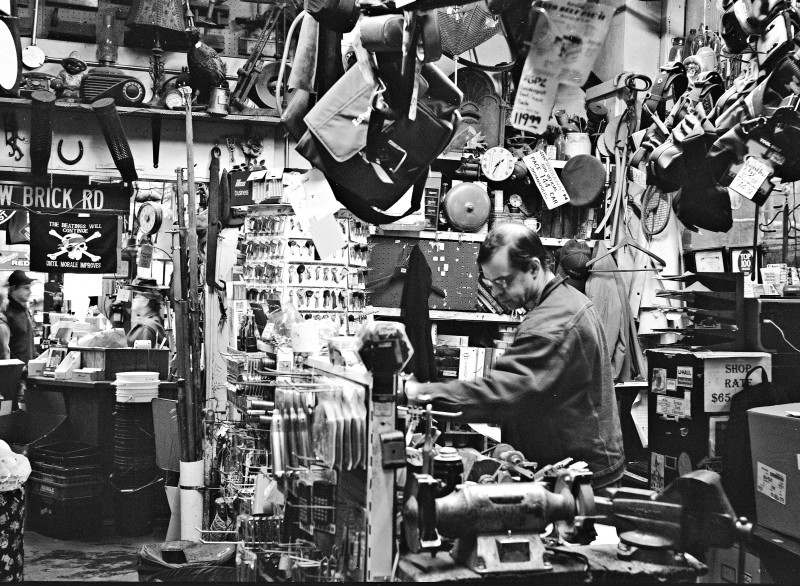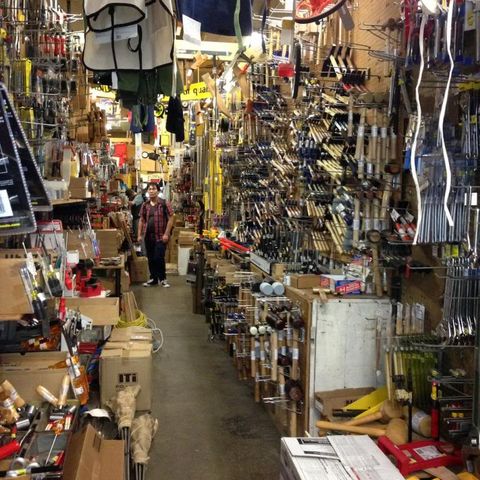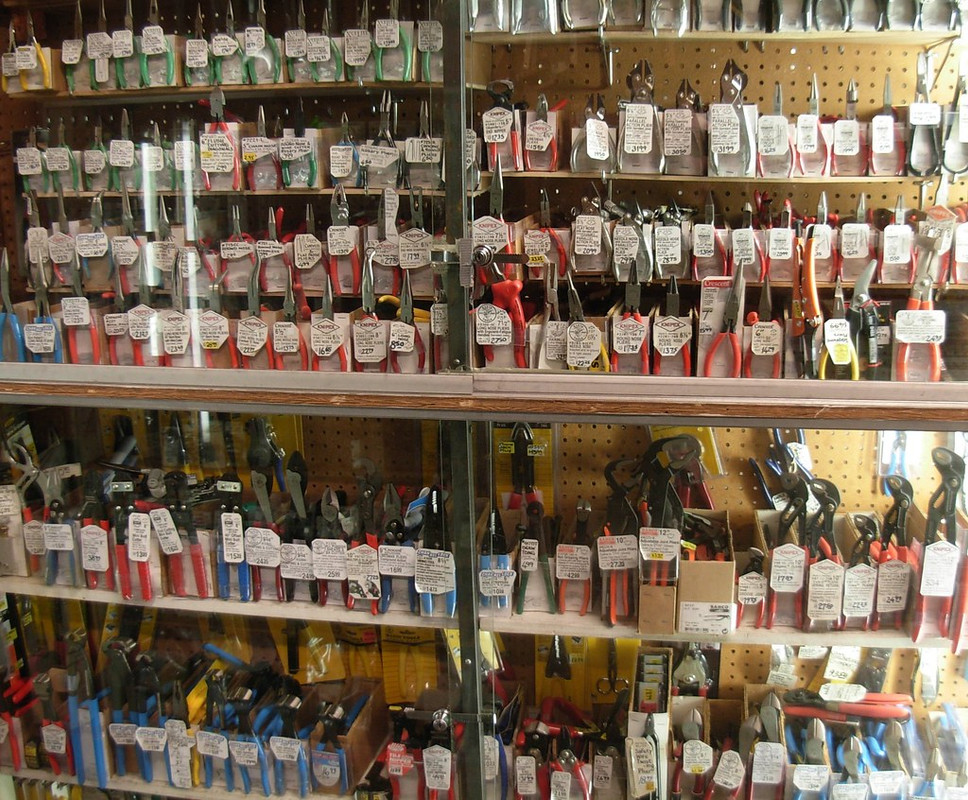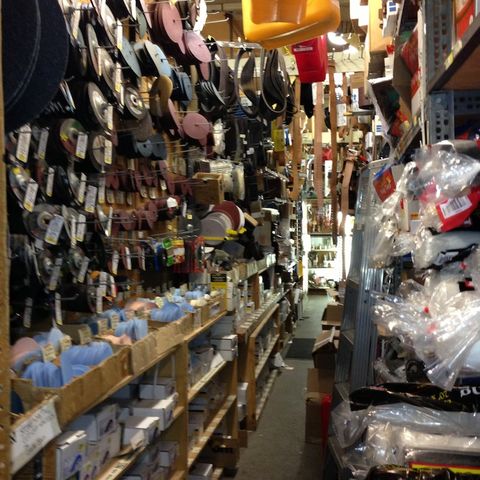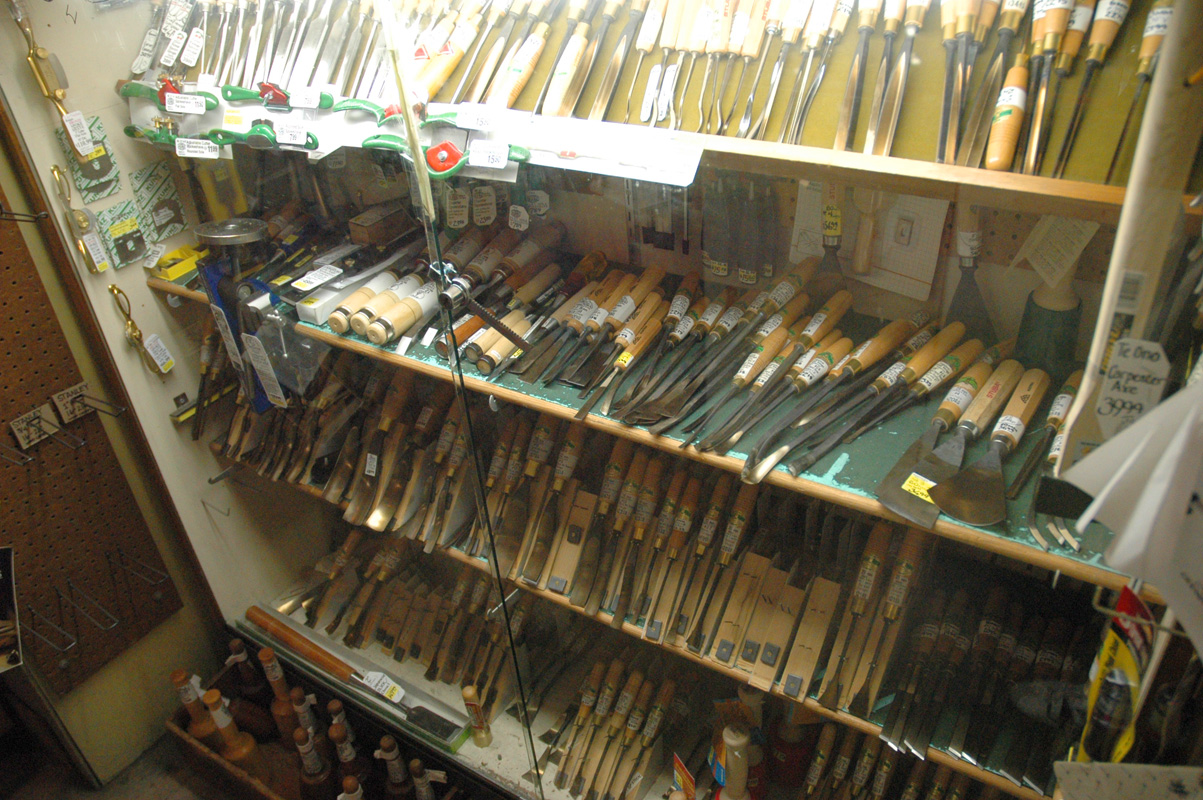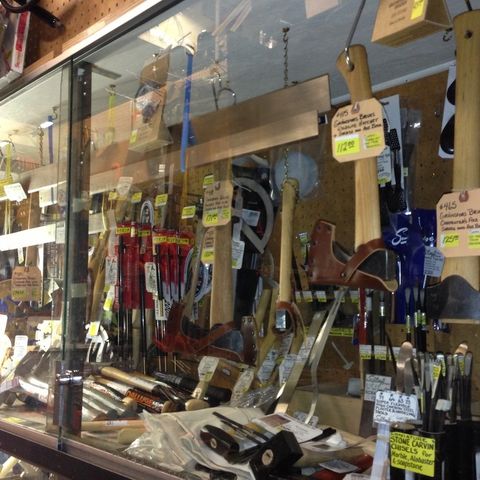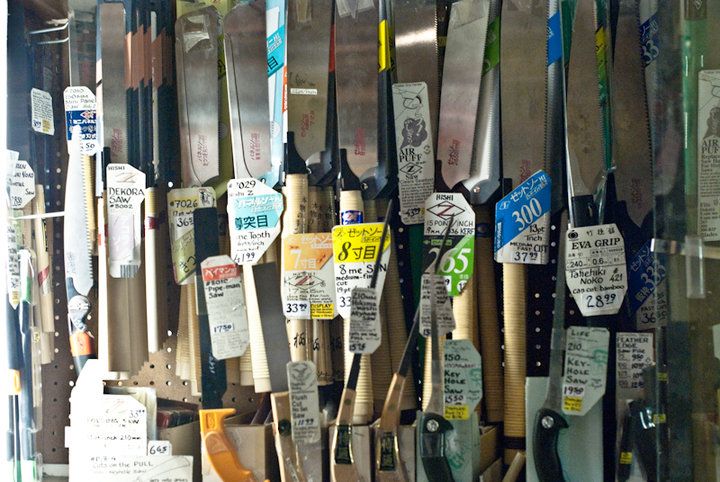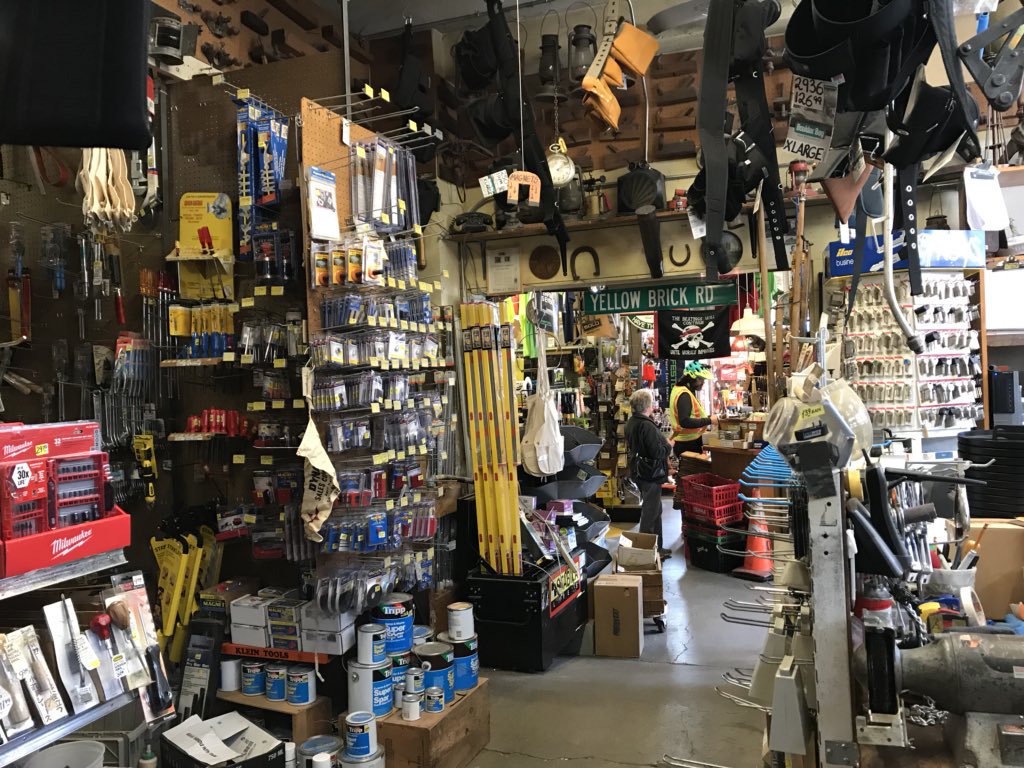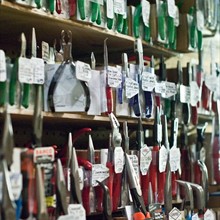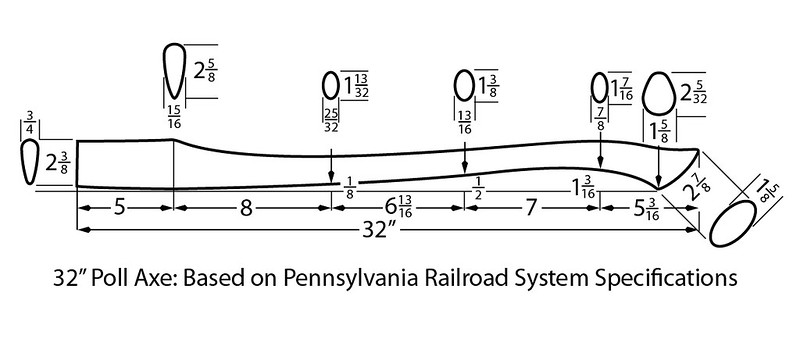- Joined
- Jul 19, 2014
- Messages
- 144
I don't mind that the handle darkened and lost the grain contrast. I didn't make it for looks. I just knew it was a tough wood and thought it would make a good tool handle.
Do knife makers have a solution for this? I wouldn't be happy with knife scales that lost the look of the fresh Osage.
If you’re trying to keep wood as preserved and as color-fast as possible I’d do multiple coatings of spar urethane.

